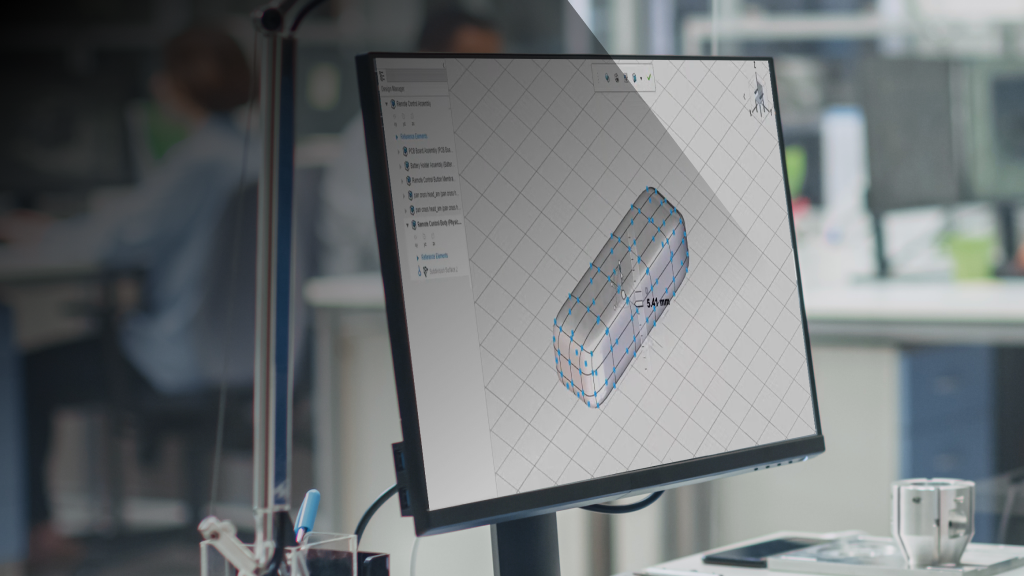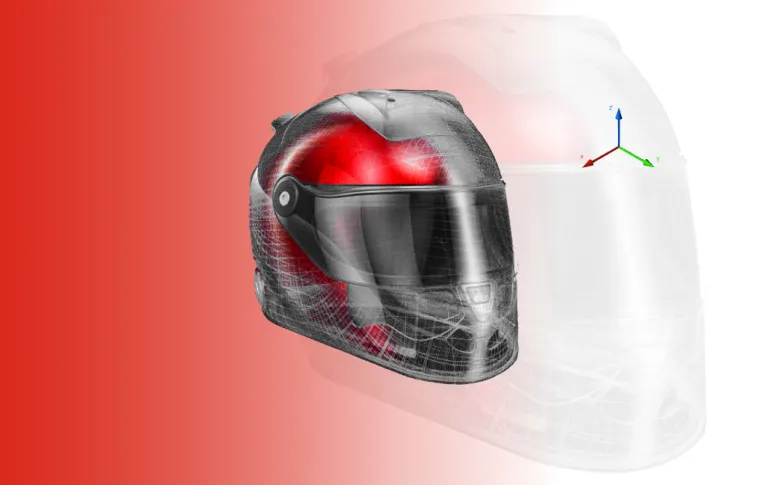Streamlining Concept Design with Sub-D Modeling
In the realm of product development, the journey from ideation to creation is marked by numerous phases, each crucial in bringing a concept to life. Among these phases, concept design stands out as the initial spark, where ideas take shape and possibilities are explored. However, traditional methods of concept design often present challenges, particularly when intricate shapes and organic forms are involved. This is where Sub-D modeling steps in to revolutionize the process, offering engineers a streamlined approach to bring their visions to fruition.
The Challenges of Traditional Parametric Modeling
Parametric modeling has long been a staple in the engineering and design fields, offering a systematic way to create 3D models by defining parameters and constraints. While effective for many applications, traditional parametric modeling methods can prove cumbersome and time-consuming when it comes to concept design, especially for designs that are highly complex or fluid in nature.
One of the primary limitations of parametric modeling is its reliance on predefined geometric shapes and mathematical equations. This often restricts designers, making it difficult to achieve the fluid, organic forms that are characteristic of many modern products. Additionally, the iterative nature of concept design can be hindered by the rigid structure of parametric modeling, as making changes to a model often requires revisiting and adjusting numerous parameters, leading to a slow and iterative process.
What is Sub-D Modeling and why is it so Important?
Sub-D modeling, short for subdivision surface modeling, offers a fresh approach to concept design by focusing on the creation and manipulation of smooth, organic shapes. Unlike parametric modeling, which relies on precise mathematical formulas, Sub-D modeling operates on a more intuitive level, allowing designers to shape and sculpt virtual clay-like models with ease.
At the heart of Sub-D modeling is the concept of subdivision surfaces, where a coarse polygonal mesh is iteratively refined to create smooth, continuous surfaces. This approach provides designers with a high degree of flexibility, enabling them to quickly explore various design iterations without being constrained by predefined parameters. Additionally, Sub-D modeling tools often incorporate features such as dynamic topology and sculpting brushes, further enhancing the creative workflow and allowing for intricate detailing.
Explore sub division surfaces modeling solutions
Create detailed 3D models with 3D Sculptor, innovative 3D modeling software accessible via the SOLIDWORKS Cloud Offer. 3D Sculptor allows you to design complex free-form shapes without the need for on-premises IT infrastructure.

SOLIDWORKS xDesign
Get ready for the next generation of design solution, developed by the same team that brought you SOLIDWORKS 3D CAD
Accelerate concept generation process
Firstly, it accelerates the concept generation process, allowing for rapid exploration of ideas and iterations. By eliminating the need to manually adjust parameters and constraints, designers can focus on refining their concepts and pushing the boundaries of creativity.
Encourage experimentation and innovation
Furthermore, Sub-D modeling encourages experimentation and innovation by providing a more intuitive and artistic approach to design. Instead of being bound by technical constraints, designers can freely explore shapes and forms, fostering creativity and pushing the envelope of what is possible.
Enhance collaboration and communication
In addition to its creative advantages, Sub-D modeling also enhances collaboration and communication within design teams. By working with dynamic, visual representations of concepts, team members can easily share ideas, provide feedback, and collaborate in real-time, leading to more cohesive and successful design outcomes.
Conclusion
In the fast-paced world of product development, the ability to quickly iterate and explore concepts is essential for staying ahead of the curve. Traditional parametric modeling methods, while effective for certain applications, often fall short when it comes to the fluid and organic shapes demanded by modern designs. By embracing Sub-D modeling techniques, engineers and designers can streamline the concept design process, unleashing their creativity and bringing bold ideas to life like never before. With tools like 3D Sculptor leading the way, the future of concept design is boundless, promising endless possibilities for innovation and exploration.

